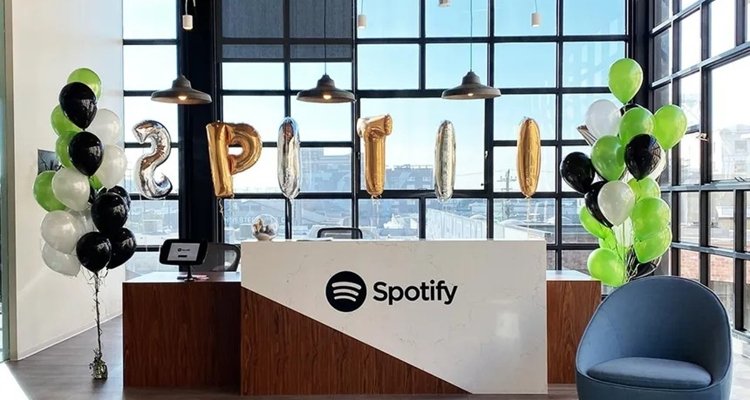Photo Credit: Spotify
Back in early 2020, Spotify paused all political advertising on its service in the U.S. Now, the Stockholm-based platform has revealed that it will resume showing ads from certain individuals and organizations in the world of politics.
Spotify’s political-advertising resumption just recently came to light in a report from Protocol, and a company spokesperson proceeded to confirm the development. For reference, the audio-entertainment service indicated towards 2019’s end that it didn’t “yet have the necessary level of robustness in our process, systems, and tools to responsibly validate and review this content.”
However, the business – which in Q1 2022 suffered a 28 percent quarter-over-quarter decline in ad-supported revenue – specified in the same statement that it would “reassess this decision as we continue to evolve our capabilities.”
Almost 30 months later, ahead of the quick-approaching midterm elections and an estimated $7.8 billion in related ad spending, said reassessment has evidently taken place, per marketing emails forwarded to potential clients. Additionally, Spotify head of advertising Erin Styles in a widely circulated statement acknowledged the political-advert comeback.
“Following our pause of political ads in early 2020,” said the five-year Spotify veteran Styles, “we have spent the past two years strengthening and enhancing our processes, systems and tools to responsibly validate and review this content.”
And on this front, the aforementioned Protocol relayed that Spotify will feature ads solely from “known political entities” like candidates, parties, elected officials, and PACs, abstaining from hosting spots attributable to “issue-related groups.” Plus, the commercials are expected to show only on podcasts “for now,” and podcasters will be able to turn off all political ads on their programs if so inclined.
On social media, diehard users are weighing in on Spotify’s embrace of political advertising, with some criticizing the move and a select few others applauding the decision.
But even if fan opinions on the matter ramp up in quantity and in passion as this November’s elections near, the corresponding pushback will likely pale in comparison to that which Spotify has faced as the exclusive home of The Joe Rogan Experience.
A multitude of individuals, artists, and organizations – Spotify employees among them – have publicly criticized the ultra-popular program since May of 2020. Particularly given the above-highlighted dip in advertising revenue, in coordination with a new-subscriber slowdown, it stands to reason that Spotify will have little issue weathering any further PR storms that crop up.
Worth highlighting in conclusion is that much has changed in the podcast arena across the last two and one-half years. In brief, Spotify has poured billions of dollars into the space during the period, including for the rights to an array of exclusive shows and podcast-tech companies.
As of Q1 2020, Spotify’s 286 million monthly active users (MAUs) had access to about one million podcasts, whereas in Q1 2022, the streaming service’s 422 million MAUs could choose from a staggering four million programs.
Also in January, February, and March of 2022, podcasts’ “share of overall consumption hours on our platform reached another all-time high,” Spotify said. Video podcasts are now on the table as well, and some studies suggest that fans prefer watching their favorite podcasts.

